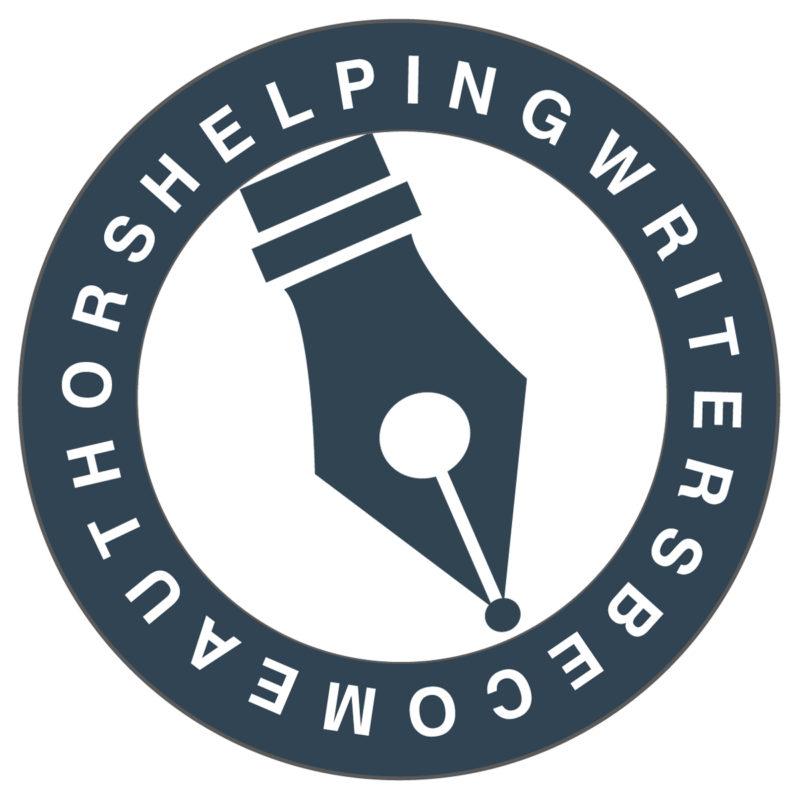Ep. 598: 13 Rules to Be a Better Beta Reader
Not all beta readers are created equal. Just as you can learn to be a better writer, you can also learn to be a better beta reader.

Helping Writers Become Authors provides writers help in summoning inspiration, crafting solid characters, outlining and structuring novels, and polishing prose. Learn how to write a book and edit it into a story agents will buy and readers will love. (Music intro by Kevin MacLeod.)
Not all beta readers are created equal. Just as you can learn to be a better writer, you can also learn to be a better beta reader.
How you structure a story with multiple main characters will depend on which type of plot you’re working with.
Discover the pros and cons of opening your story in medias res (or “in the middle” of action) and use these tips to refine your use of it.
Is opening your story in medias res compatible with the Three-Act Structure? The secret is in understanding how the First Act functions.
If your story suffers from cardboard characters, it probably also suffers from plot contrivances. Good news: if you fix one, you fix both.
In many ways, the New Normal World of a story’s Resolution is what successfully completes the context of the entire story.
The Underworld of a Story’s Third Act is symbolically important for creating powerful and realistic change with your characters and plot.
Authors need to understand the four “worlds” represented within a story’s structure, the first of which is the Normal World of the First Act.
If you want to deepen the complexity of your story’s theme, one tool you can employ is Robert McKee’s thematic square.